How Central heating Works
Here we deal with a lot of calls about central heating and how it works, so we (being the helpful plumbers we are) thought we’d write a post on our website in the hopes that it might help you understand better how you central heating works.
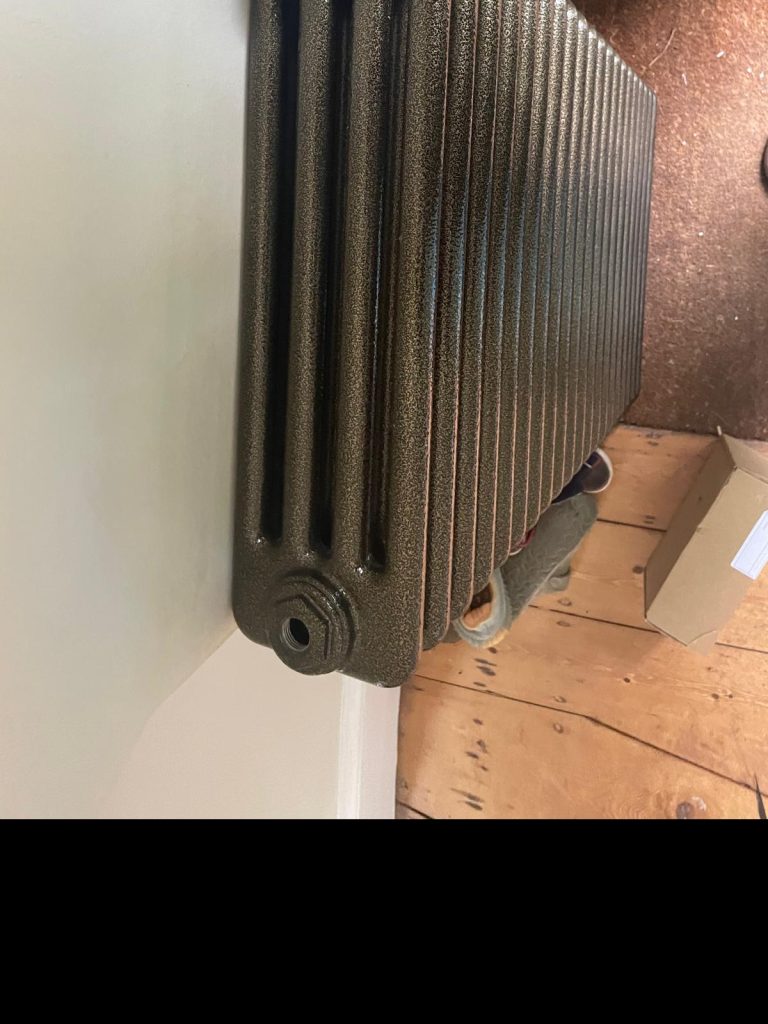
Gas for central heating explained
We’ll start at where the gas for the heating comes into the property, this will be in a box away from your house, inside the box will be a pipe connecting the mains to your stop tap and then your regulator, which will have a meter on it that will measure your gas usage usually in cubic feet. Every now and then your gas company will request a meter reading to see how much gas you have used and charge you accordingly.
Boiler for heating explained
It goes from there to your boiler which is usually located in a cupboard. All you need to know about your boiler, is that you shouldn’t be touch it unless to turn it on or off as gas safe engineers are qualified to deal with the boiler and carry out repairs. From the boiler the water travels upstairs or just to a pump if you haven’t got an upstairs, the pump can be isolated for replacement. From the pump the water is pumped to your radiators around your house.
Hot water Cylinders
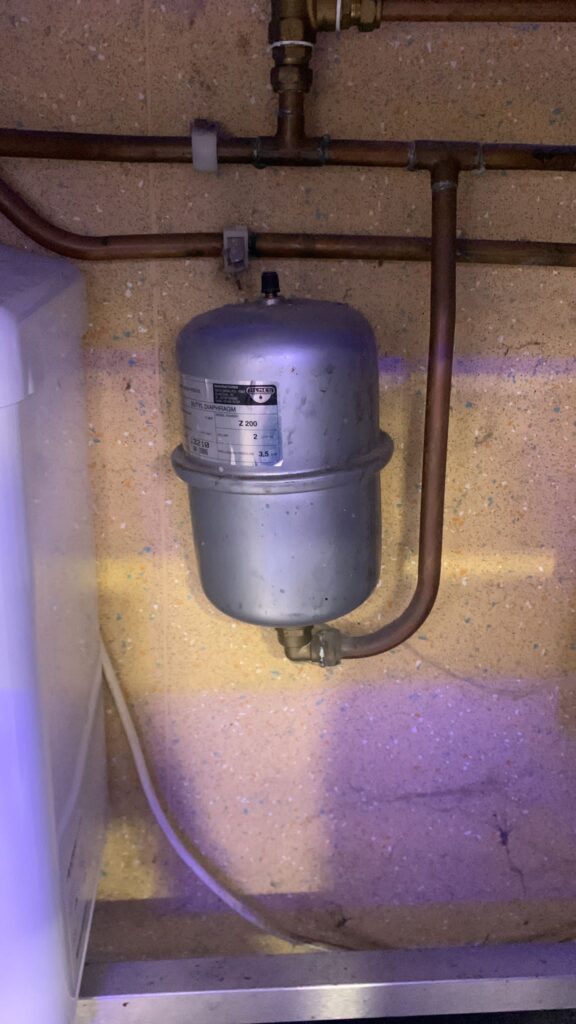
Some properties have a cylinder or your hot water tank as well. This contains a coil that heats up the domestic hot water using electricity. This is a choice some customers make as they wish to have electricity and gas heating the water rather than just a normal combi boiler running on demand.
We don’t deal with the boilers but we can fix your radiators and radiator pipes if you have for example a leak from the radiator or a pipe around the property. If the issue is gas or the boiler itself then you should contact a Gas Safe registered plumber.
Understanding How Central Heating Works in more detail including technical information.
Central heating is a system designed to maintain a comfortable indoor temperature by distributing heat from a central source to various rooms and spaces. This guide explores the different components, mechanisms, and processes involved in the operation of central heating systems.
The Basics of Central Heating

Central heating systems operate on a simple principle: heat generated at a central location is distributed throughout a building. This system typically consists of a heat source (such as a boiler or furnace), a distribution system (like radiators or duct work), and controls (thermostats and valves). Call Bristol Plumbers who know their plumbing!
Heat Sources
The primary heat sources for central heating systems include:
- Boilers: These devices heat water or produce steam, which is then distributed through pipes to radiators or underfloor heating systems.
- Furnaces: Furnaces heat air, which is then circulated through ducts and vents.
Both boilers and furnaces can be powered by various fuels, including natural gas, oil, electricity, and even renewable sources like biomass.
2. Distribution Systems
The method by which heat is distributed from the central source to the different rooms is crucial for the efficiency and effectiveness of the central heating system.
Radiators and Convectors
Radiators are commonly used in water-based central heating systems. Hot water from the boiler flows through the radiators, which then emit heat into the room through radiation and convection. Convectors, on the other hand, primarily use air movement to distribute heat.
Ductwork and Vents
In air-based systems, heated air from the furnace is blown through a network of ducts and vents. The ducts distribute the air to different rooms, while the vents control the airflow and direct it where needed.
Underfloor Heating
Underfloor heating systems involve laying a network of pipes or electric heating elements beneath the floor. Heat radiates upward, providing a consistent and even temperature throughout the room. This system is particularly efficient and can be used with both water and electric heat sources.
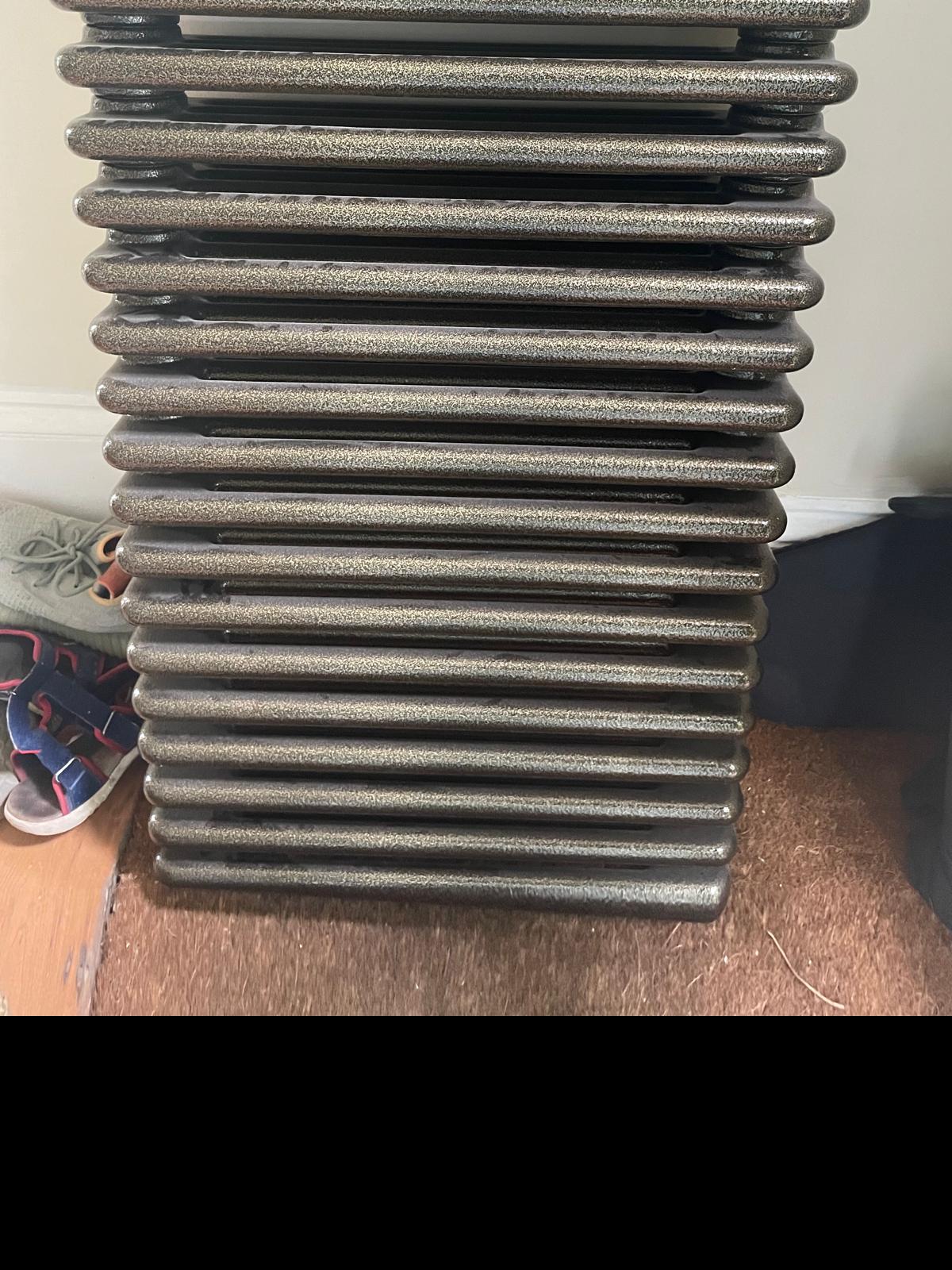
Controls and Thermostats
Controlling the temperature and operation of a central heating system is essential for maintaining comfort and energy efficiency.
Thermostats
Thermostats are devices that measure the temperature of a room and control the heating system to maintain the desired temperature. Modern thermostats can be programmable, allowing users to set different temperatures for different times of the day, and smart thermostats can be controlled remotely via smartphone apps.
Zone Control
Zone control systems allow different areas of a building to be heated to different temperatures. This is achieved by using multiple thermostats and valves that control the flow of heated water or air to specific zones. Zone control enhances comfort and can lead to significant energy savings by heating only occupied areas.
The Process of Central Heating
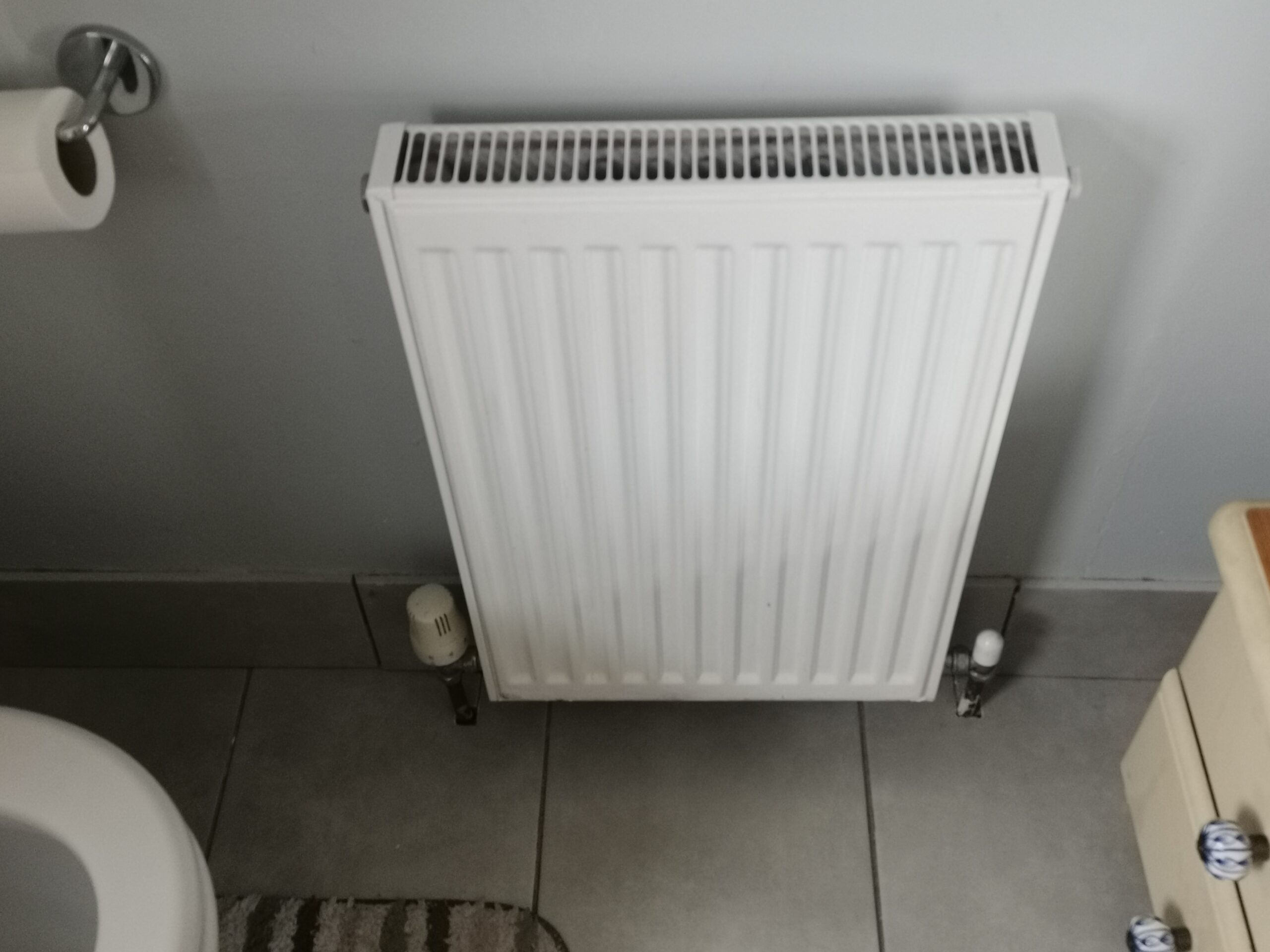
Understanding the step-by-step process of how central heating works can help in troubleshooting issues and optimizing system performance.
Generation of Heat
The process begins with the heat source. For a boiler, water is heated in a closed-loop system. For a furnace, air is heated within the unit. In either case, the heat source is activated by the thermostat based on the room temperature.
Distribution of Heat
Once the heat is generated, it is distributed through the designated system—water flows through pipes to radiators or air is blown through ducts to vents. Underfloor heating systems distribute heat through the network of pipes or elements under the floor.
Emission of Heat
Radiators emit heat through a combination of radiation and convection. Duct systems blow heated air into the rooms, and underfloor heating systems provide radiant heat from the floor upwards. The emitted heat warms the air and surfaces in the room, maintaining a comfortable temperature.
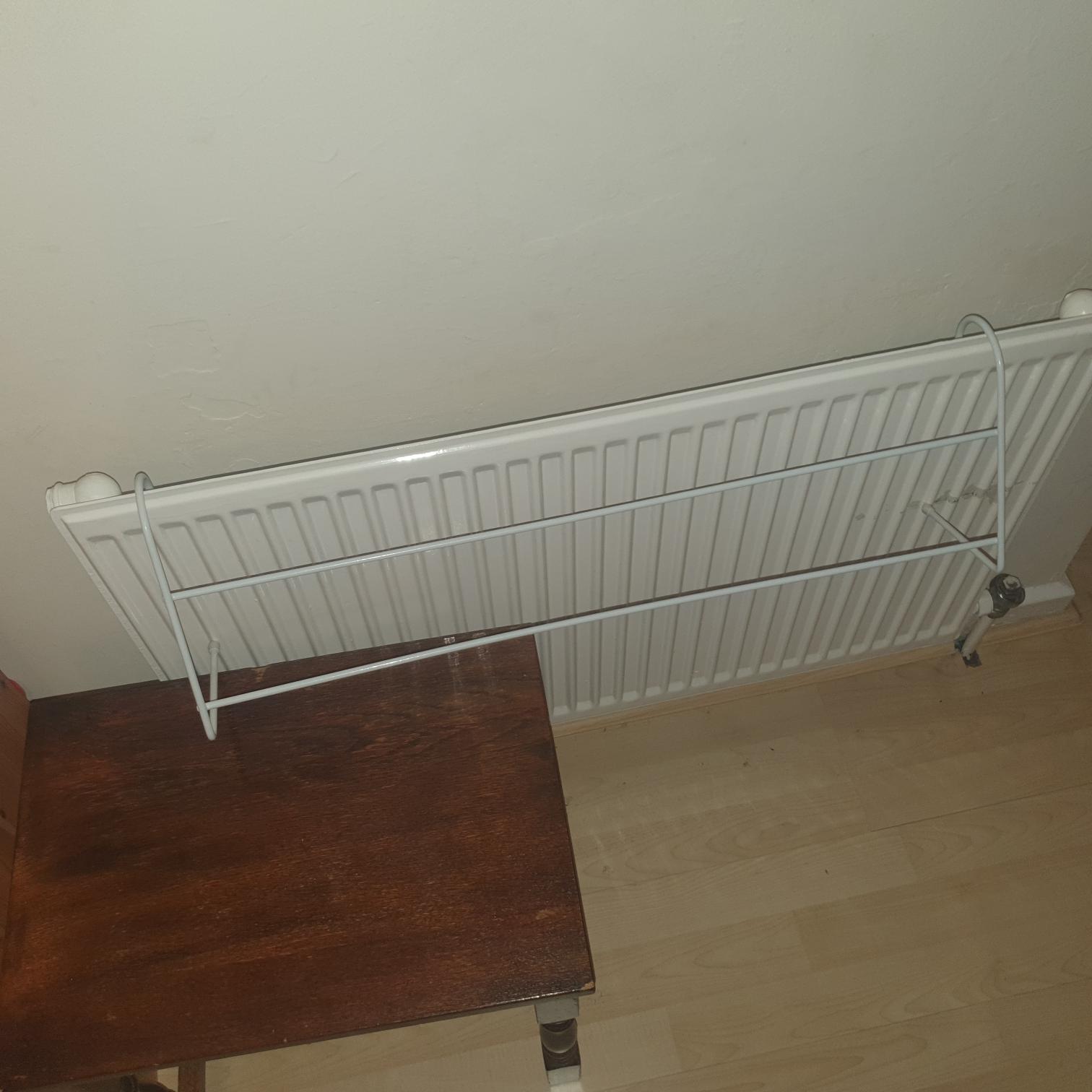
Temperature Regulation
Thermostats monitor the room temperature and signal the heat source to turn on or off to maintain the set temperature. Zone control systems further regulate the flow of heat to different areas, optimizing comfort and energy use.
Maintenance and Efficiency
Regular maintenance of central heating systems ensures efficient operation and extends the system’s lifespan.
Boiler and Furnace Maintenance
Routine checks and servicing of boilers and furnaces include inspecting and cleaning components, checking for leaks, and ensuring proper combustion. Regular maintenance helps prevent breakdowns and improves energy efficiency.
Pipe and Duct Maintenance
Pipes in water-based systems should be inspected for leaks and proper insulation. Ductwork in air-based systems should be cleaned and checked for blockages or leaks to ensure efficient airflow and heat distribution.
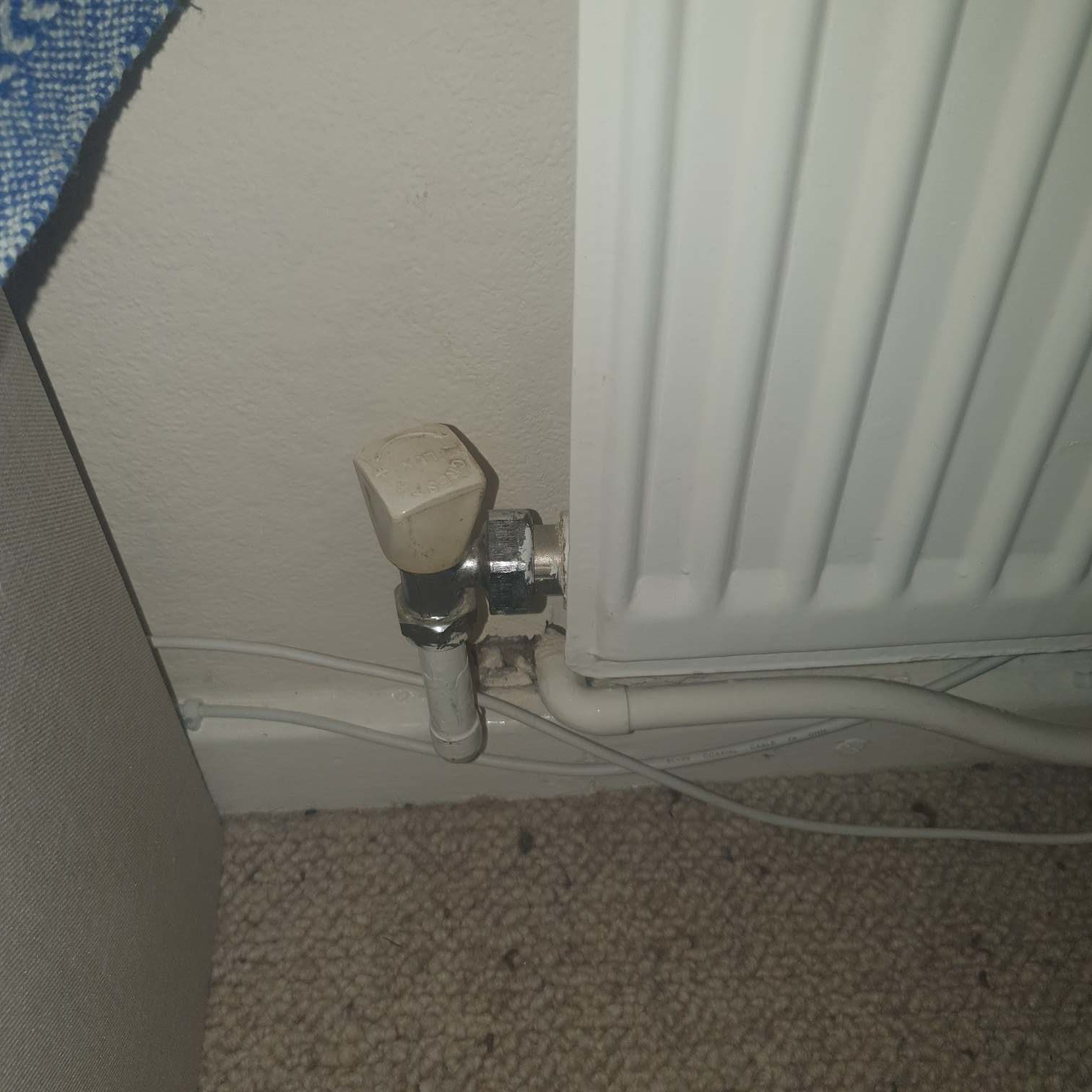
Upgrading Components
Upgrading to modern thermostats, zone control systems, and high-efficiency boilers or furnaces can significantly improve the efficiency and functionality of a central heating system. Smart thermostats and advanced control systems offer greater precision and convenience in temperature management.
Environmental Considerations
With growing concerns about energy consumption and environmental impact, modern central heating systems are increasingly designed to be energy-efficient and environmentally friendly.
Energy-Efficient Systems
High-efficiency boilers and furnaces use less fuel to produce the same amount of heat, reducing energy consumption and greenhouse gas emissions. Condensing boilers, for example, capture and reuse heat that would otherwise be lost in the flue gases.
Renewable Energy Sources
Integrating renewable energy sources, such as solar thermal panels and biomass boilers, can further reduce the environmental impact of central heating systems. These systems harness natural energy to provide heating, reducing reliance on fossil fuels.
Central heating systems are complex yet efficient solutions for maintaining indoor comfort. Understanding the components, processes, and maintenance requirements of these systems can help users optimize their operation and reduce energy consumption. By embracing modern technologies and energy-efficient practices, central heating can provide a comfortable and sustainable living environment.
